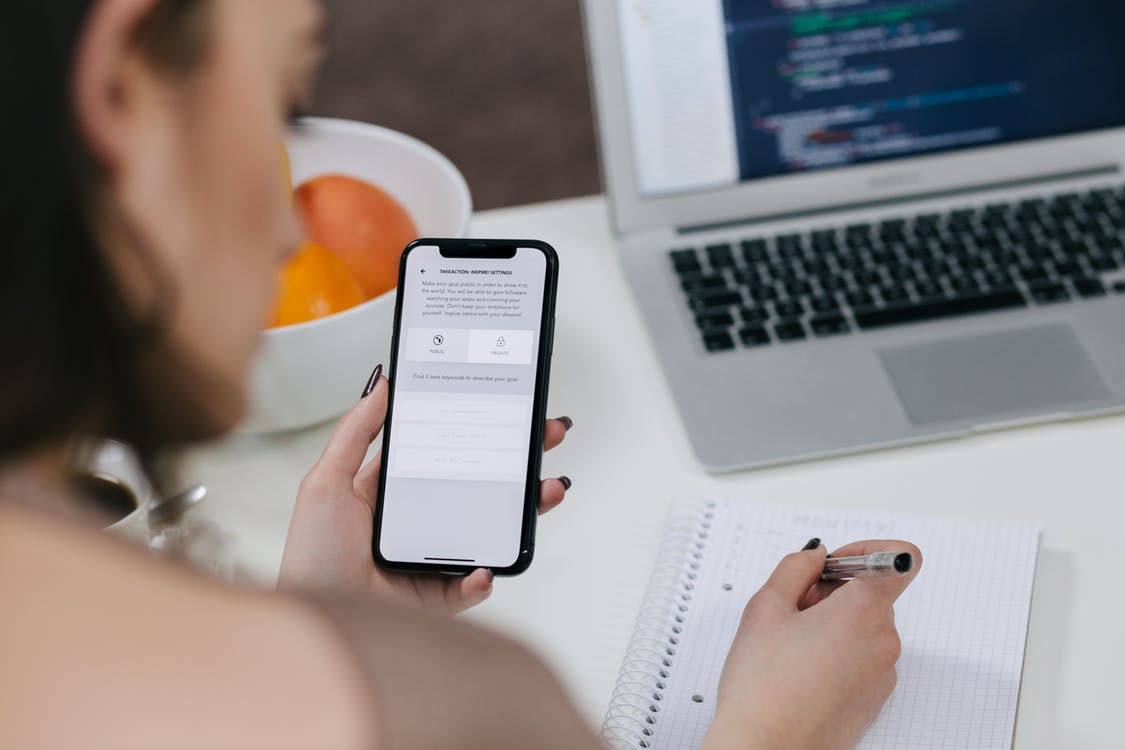
By Bill Kammer
Encryption Redux
I wrote recently and suggested that 2017 was the year for encryption. Hacking is very much on the minds of Americans, and lawyers and clients are frequently discussing the need for and manner of encryption to protect client confidences from interception by the man in the middle. Clients previously were concerned with encryption in place on lawyers’ servers and systems but are now focusing on ways to ensure that emails being exchanged over the internet are protected from interception and compromise.
Because of the hacks of Democratic accounts during the Presidential campaign, you may have read that certain celebrities and Washington insiders are now using encryption applications with names like Signal and Confide. Those are free applications for mobile devices and easy to install. If the sender and the recipient both have the application on their devices, then the text, picture and video messages will be encrypted from end to end and during transit. Those applications can also encrypt the users’ phone conversations. Confide messages even self-destruct after reading and cannot be forwarded, printed or saved.
These recent developments suggest that things are moving faster than lawyers might suspect. Already, there are reports of clients insisting that all of their communications with their outside counsel be conducted with the assistance of these applications. Although Signal and Confide seem to have a head start in the marketplace, surely there will be competitors moving into the business.
Old Dog, New Tricks
Sometimes we don’t have our mobile phone or tablet in the office or at hand, but we want to send someone a text message. Years ago, sending a text message involved a cumbersome protocol that required typing the phone number as the username at the front end of an email address. Not until 1997 did phones even have full keyboards. And you had to know the identity of your correspondent’s mobile provider. Those distant days are gone and probably forgotten. Texting today is far simpler; you type the recipient’s name, and the text is formatted for delivery. Still the older protocol remains available and viable.
You can always send a text message from the email program on your desktop or laptop. Address it in this manner. Let’s use the mobile phone number (718) 555-4391. Use one of these styles and type the address into the “to” field of a new email message:
Verizon: 7185554391@vtext.com
AT&T: 7185554391@txt.att.net
T-Mobile: 7185554391@tmomail.net
Sprint: 7185554391@messaging.sprintpcs.com
Your email will arrive as a text message on your recipient’s mobile device. (It will even include your automatic email signature.) You still must know the identity of the mobile provider, but this method is better than nothing. If it’s a family member’s, you probably know well that carrier’s name.
Can You Hear Me Now?
Most lawyers use mobile phones for business and personal calls and texts. Many of us historically signed two-year contracts with monthly payments that covered both service and the purchase price of a new phone. Though still available, the mobile phone industry has moved toward unbundling those charges. Perhaps the instigator of those changes was T-Mobile’s Uncarrier no contract initiative in 2015.
Today you can purchase service for a set price per month. You can bring your own phone or purchase one from your provider or from any other source. The result has been increased price competition among the carriers. The most recent initiative at T-Mobile is indicative: three lines with unlimited high-speed data, text and calls for a flat monthly price of $100, including all taxes and fees. By the time you read this, industry prices may have declined further, but these developments suggest that we should all re-examine our present contracts and take advantage of these reduced and newly competitive rates.
Bill Kammer (wkammer@swsslaw.com) is a partner with Solomon Ward Seidenwurm & Smith, LLP.